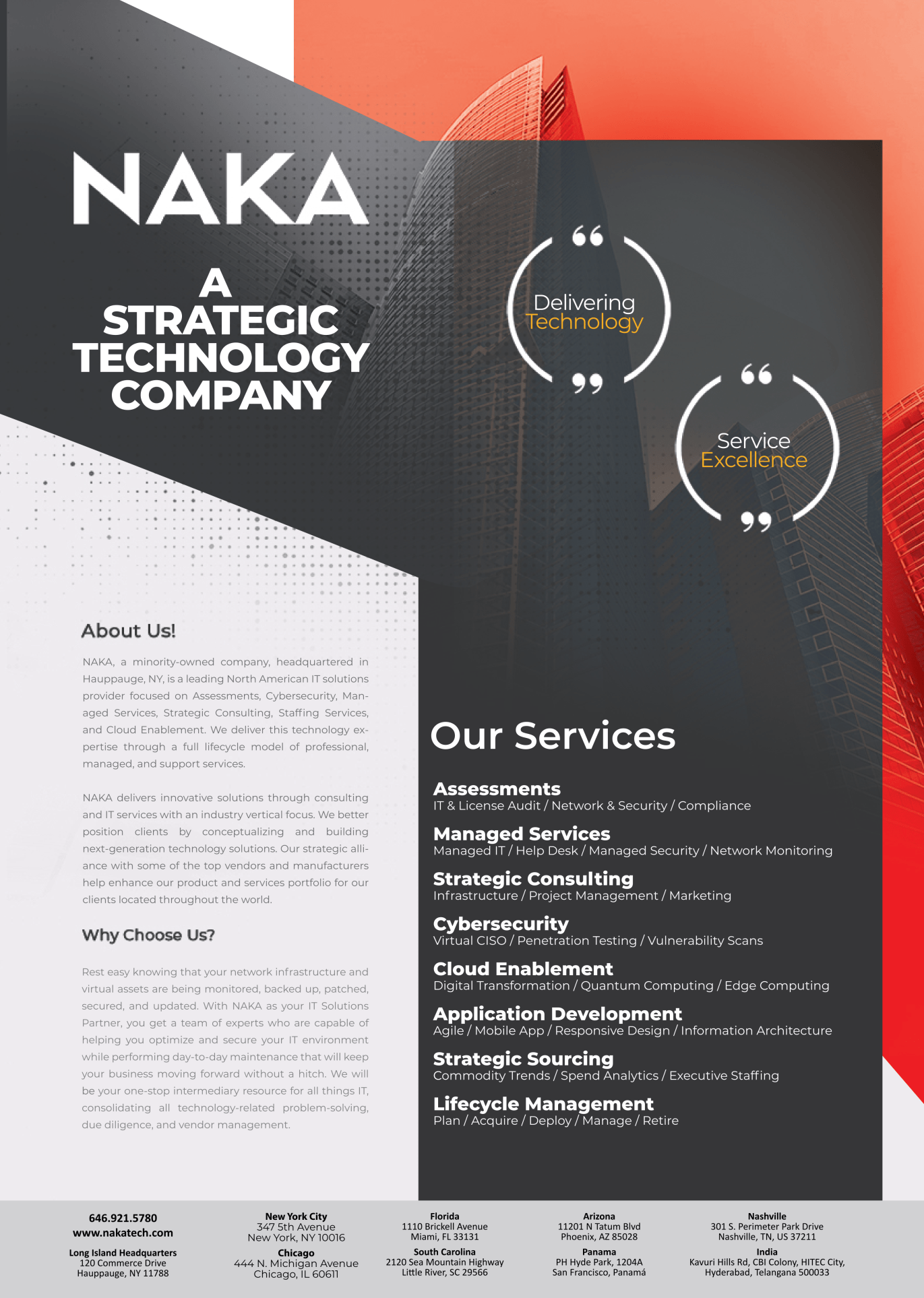Need for Comprehensive Security in Schools

Need for Comprehensive Security in Schools
Recognizing Vulnerabilities
Schools, once considered safe havens, have unfortunately become susceptible to various security risks such as unauthorized access, violence, theft, and vandalism. Understanding these vulnerabilities is the first step in implementing effective security measures.
In an environment where learning and growth should take precedence, schools must be proactive in mitigating potential threats. Recognizing vulnerabilities is the foundation upon which a robust security strategy is built. By acknowledging the risks that schools face today, educational institutions can take a holistic approach to safeguarding their premises.
Preventing Unauthorized Access
Physical security solutions encompass a wide array of tools and technologies designed to control access points, preventing unauthorized individuals from entering school premises. Access control systems, biometric scanners, and smart locks offer multifaceted layers of protection.
Unauthorized access can lead to disruptions, compromise the safety of students and staff, and even result in theft or violence. Access control systems serve as a frontline defense against such scenarios. These systems ensure that only authorized individuals gain entry, minimizing the risk of security breaches. Biometric scanners and smart locks provide secure alternatives to traditional keys, reducing the chances of unauthorized access due to lost or stolen keys.
Bolstering Safety through Surveillance
Keeping a Watchful Eye
Closed-circuit television (CCTV) systems play a pivotal role in monitoring school premises. Strategically placed cameras provide real-time surveillance, deterring potential intruders and enabling swift response to any untoward incidents.
The watchful eye of CCTV cameras is a powerful deterrent against illicit activities. With advanced camera technology, schools can cover blind spots and critical areas, ensuring comprehensive surveillance. Real-time monitoring allows security personnel to respond promptly to any suspicious activities, preventing incidents before they escalate.
Enhancing Situational Awareness
Surveillance solutions not only deter external threats but also help school authorities respond proactively to emergencies. Live video feeds and recordings offer valuable evidence and aid law enforcement in handling critical situations.
In times of crisis, having a clear understanding of the situation is paramount. Surveillance cameras provide real-time insights into ongoing incidents, allowing administrators to make informed decisions about evacuations, lockdowns, and other emergency procedures. Furthermore, video footage can serve as vital evidence during investigations or legal proceedings, reinforcing the importance of comprehensive surveillance.
Embracing Technological Advancements
Integration with Access Control
Modern physical security solutions leverage integration capabilities, enabling access control systems and surveillance technologies to work seamlessly together. This synergy ensures that security personnel have real-time insights into who is accessing the premises.
The integration of access control and surveillance systems streamlines security operations. When access control data is correlated with video footage, it becomes easier to verify the identity of individuals accessing the premises. This integration also facilitates post-incident analysis, allowing security teams to reconstruct events for investigative purposes accurately.
IoT and Remote Monitoring
The Internet of Things (IoT) has revolutionized security systems by enabling remote monitoring and management. Smart sensors, connected devices, and mobile apps empower school administrators to stay informed and take swift actions, even when off-site.
IoT-enabled devices provide a level of flexibility that was previously unavailable. School administrators can receive real-time alerts on their smartphones or tablets, allowing them to respond promptly to security breaches or emergencies, regardless of their physical location. This technology bridges the gap between on-site security and off-site decision-making.
Fostering a Safer Learning Environment
Minimizing Disruptions
A secure learning environment is essential for students to focus on their studies and personal growth. Implementing physical security solutions minimizes disruptions caused by security incidents, thus contributing to a more conducive atmosphere.
Security incidents, whether major or minor, can disrupt the learning process and cause unnecessary anxiety among students and staff. By investing in physical security solutions, schools send a clear message that they prioritize safety, providing an environment where students can flourish without constant worry about security concerns.
Cultivating Trust and Confidence
When students, parents, and staff feel safe within the school’s premises, trust and confidence in the institution naturally follow. Physical security measures send a strong message that the school prioritizes the well-being of its community.
Trust is the cornerstone of any successful educational institution. By implementing visible security measures, schools create an environment where students can focus on learning, parents can feel confident in their children’s safety, and staff can carry out their responsibilities without undue concerns. This trust fosters a sense of community and partnership among all stakeholders.
Responding Effectively to Emergencies
Rapid Emergency Response
Physical security solutions enable schools to have well-defined emergency response protocols in place. Panic buttons, intercom systems, and integrated communication tools facilitate quick response coordination during crises.
Emergencies require swift and coordinated action. Panic buttons strategically located throughout the school allow individuals to summon help immediately. Intercom systems enable clear communication and dissemination of instructions, while integrated communication tools ensure that administrators, security personnel, and first responders can work in unison to address emergencies.
Data-Driven Decision-Making
Many physical security solutions are equipped with data analytics capabilities. By analyzing patterns and incidents, schools can make informed decisions about resource allocation and security enhancements.
Data-driven decision-making enhances the efficiency and effectiveness of security measures. By analyzing security incident patterns, schools can identify trends and allocate resources where they are most needed. For example, if a certain area experiences a higher frequency of unauthorized access attempts, additional security measures can be implemented to mitigate the risk.
Conclusion: Safeguarding the Future
As educational institutions strive to create safe and nurturing environments, the role of physical security solutions becomes increasingly vital. From deterring threats to responding to emergencies, these solutions offer comprehensive protection that goes beyond the confines of traditional security measures. By investing in cutting-edge technologies, schools can provide students and staff with the peace of mind they deserve, enabling them to focus on learning and personal growth without compromising their safety.
In the modern world, where challenges to school safety continue to evolve, embracing advanced physical security solutions is not just an option; it’s a responsibility that educational institutions must wholeheartedly undertake. As we look towards the future, the integration of technology into the realm of security promises to usher in an era where schools are sanctuaries of learning and safety for generations to come. Through a combination of proactive measures, state-of-the-art technologies, and a commitment to fostering a secure environment, schools can truly safeguard their future and empower their students to thrive.



